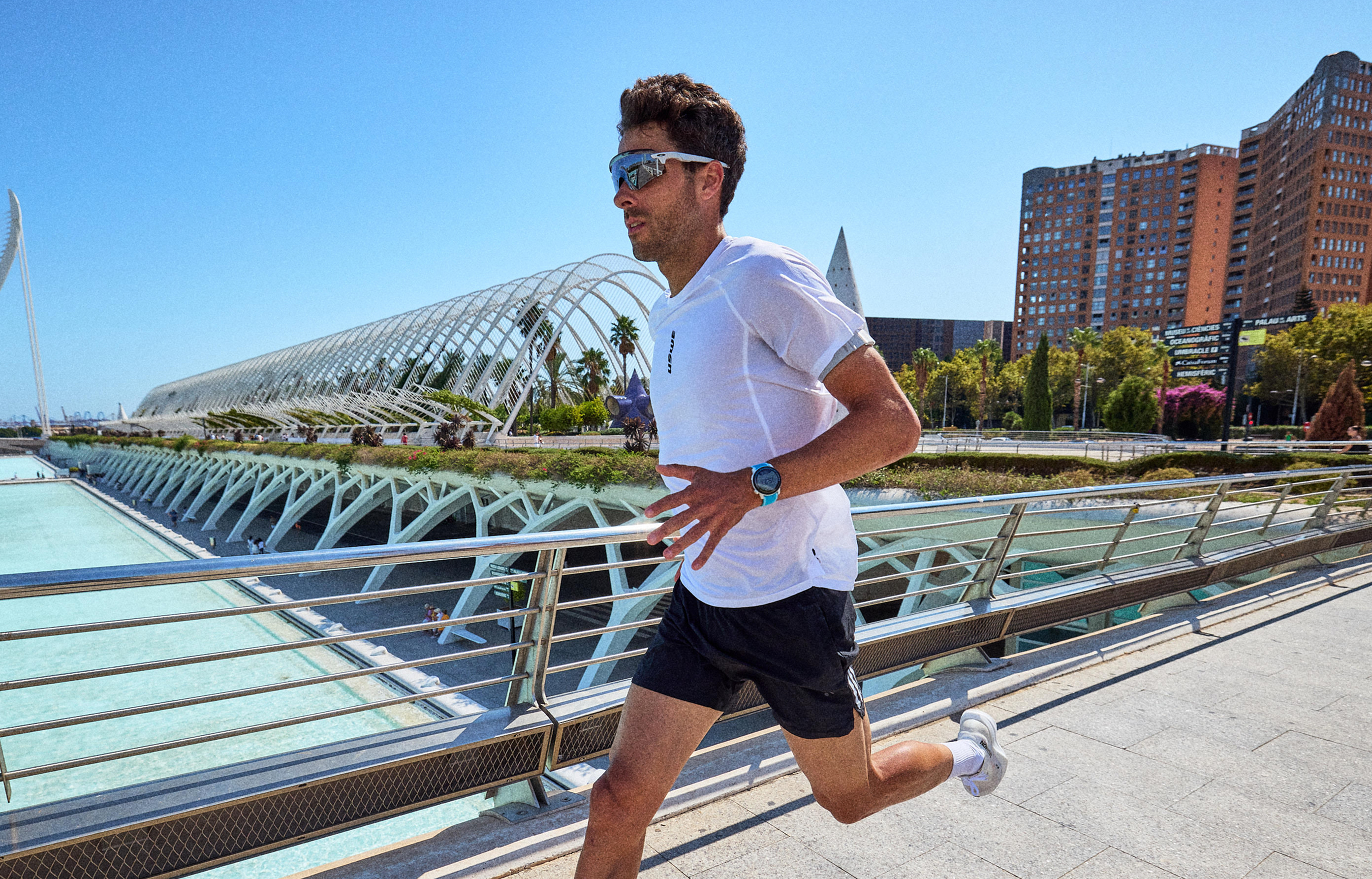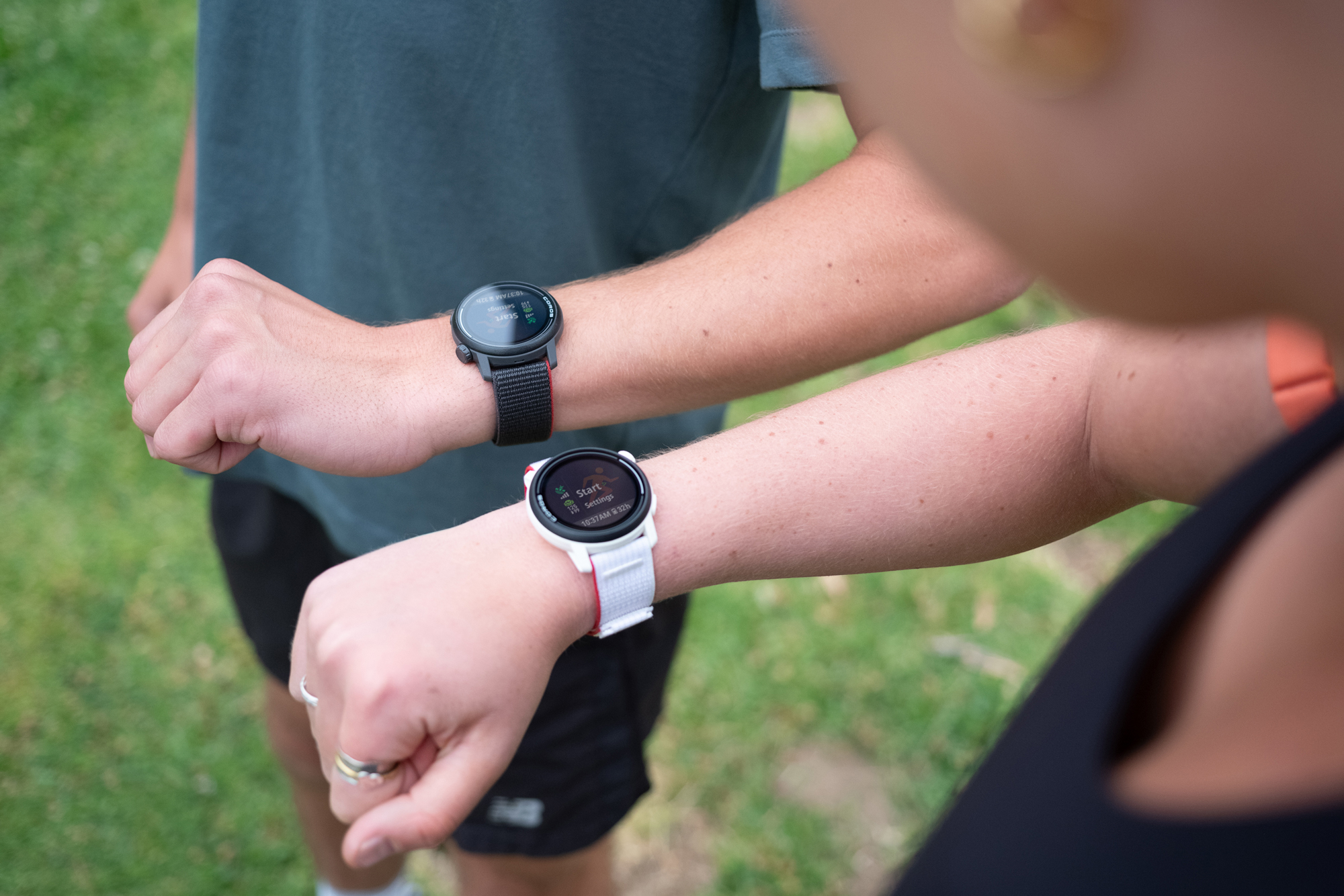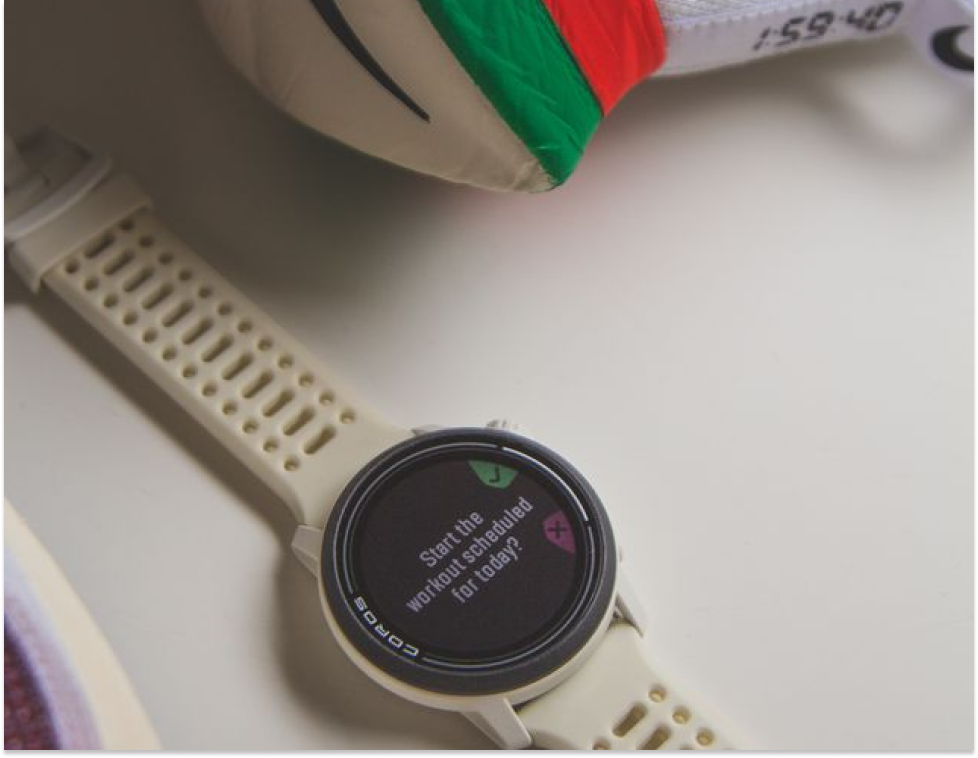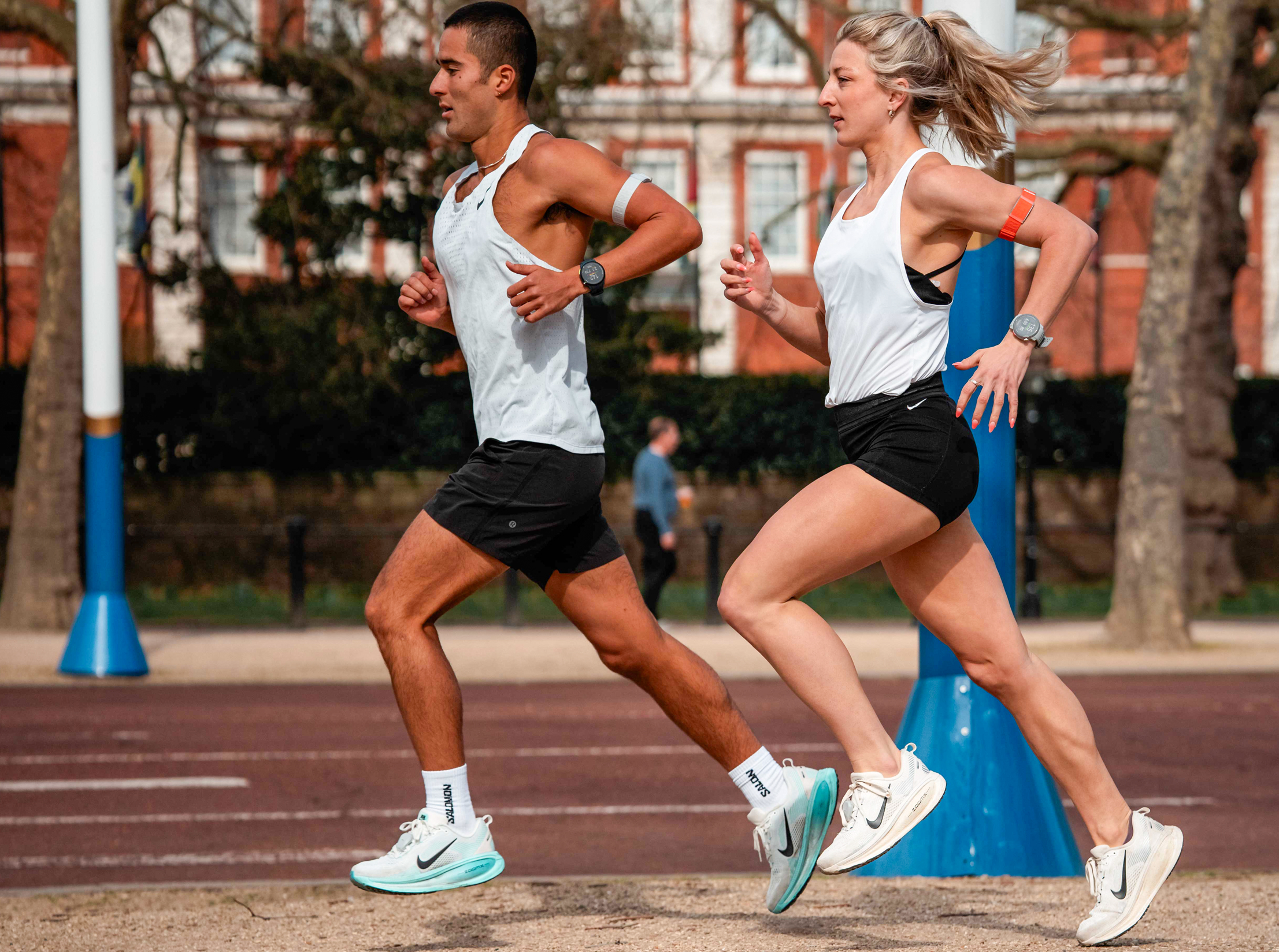Why Heart Rate Still Matters
In endurance sports, heart rate remains one of the most reliable indicators of internal effort. Whether you’re chasing fitness gains or managing recovery, heart rate helps put context around your pace, and perceived exertion.
Training with accurate heart rate data lets you:
- Track progress in aerobic fitness over time
- Stay within your intended training zones
- Avoid unnecessary fatigue on easy days
- Catch early signs of illness or under-recovery
But not all heart rate data is created equal, and that’s where accuracy matters.
COROS Education: If you're new to heart rate training, check out our beginner’s guide to training with heart rate or explore a deeper dive into how COROS heart rate zones are calculated.
The Limits of Wrist-Based HR
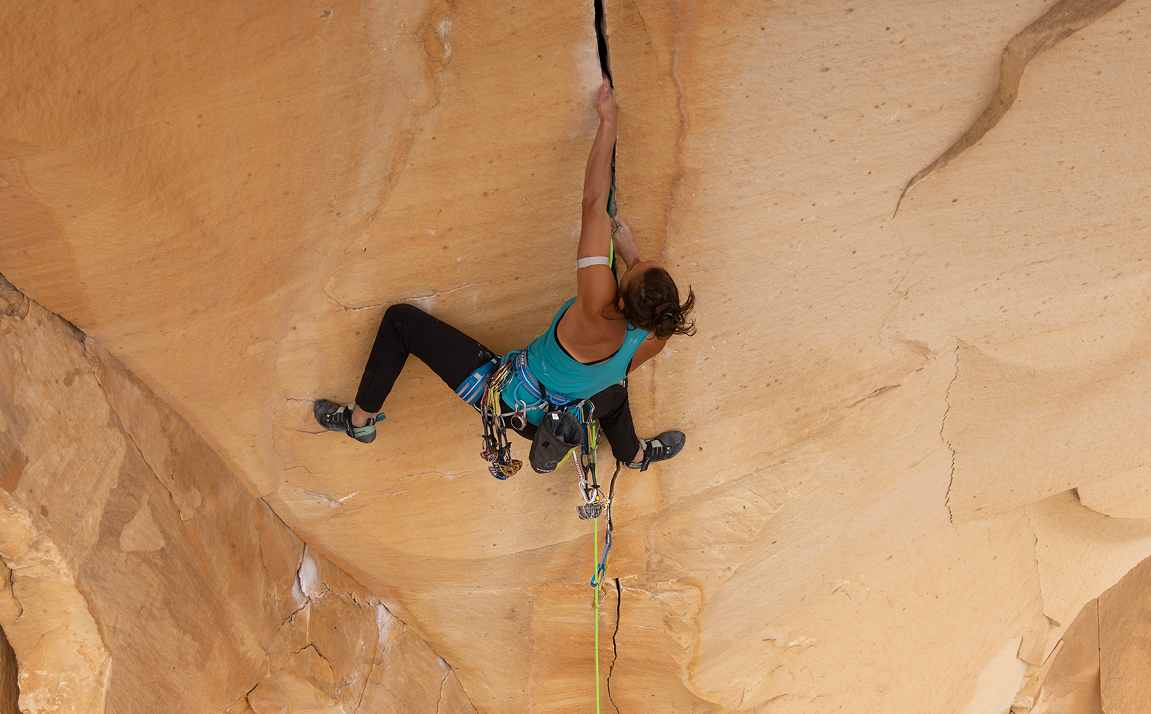
COROS watches offer industry-leading wrist-based heart rate sensors. For steady-state runs and day-to-day tracking, they’re typically reliable and convenient.
However, wrist-based optical sensors can face challenges in some scenarios:
- Rapid changes in intensity (like intervals, fartleks, or sprints)
- Cold weather or loose wrist contact
- Strength training, where wrist motion is restricted
- Climbing, where the watch may not be worn on the wrist
- Cycling, where hand position and vibration can affect readings
In these cases, heart rate can lag behind real-time effort, or fail to register spikes entirely. If you're using heart rate to pace your training or analyze your workouts afterward, that gap can lead to inaccurate data and missed insights.
The Advantage of the COROS Heart Rate Monitor (HRM)
Our arm-based COROS Heart Rate Monitor solves this with a simple upgrade: it moves the sensor away from your wrist and places it on your upper arm, where motion artifacts are reduced and blood flow is more stable.
That means:
- More responsive HR data during intervals or tempo shifts
- Improved accuracy during strength, HIIT, or sport-specific workouts
- Reliable HR tracking for activities like climbing, skiing, and indoor cycling
- More comfortable & adjustable than a chest strap, without compromising accuracy
With up to 38 hours of continuous tracking and Bluetooth pairing, it integrates seamlessly with your COROS watch and third-party apps & products.
Better Data, Better Insights
Heart rate data isn’t just for pacing a single workout—it’s foundational to the entire COROS training ecosystem. Nearly every insight on the COROS app starts with an accurate reading of your heart rate.
That means:
- Training Load calculations are only as good as your heart rate input
- Base Fitness and Training Status rely on consistent intensity tracking
- Time in Zones helps you understand training quality, not just quantity
- Recovery metrics need precise effort data to estimate fatigue
- Race Predictors are driven by your training history and intensity
If your HR data is delayed, flat, or inconsistent, the insights you see may be too. By upgrading to more accurate tracking, you unlock the full potential of your COROS device, ensuring every recommendation is tailored to your effort, your recovery, and your goals.
Upgrade Your Heart Rate Accuracy
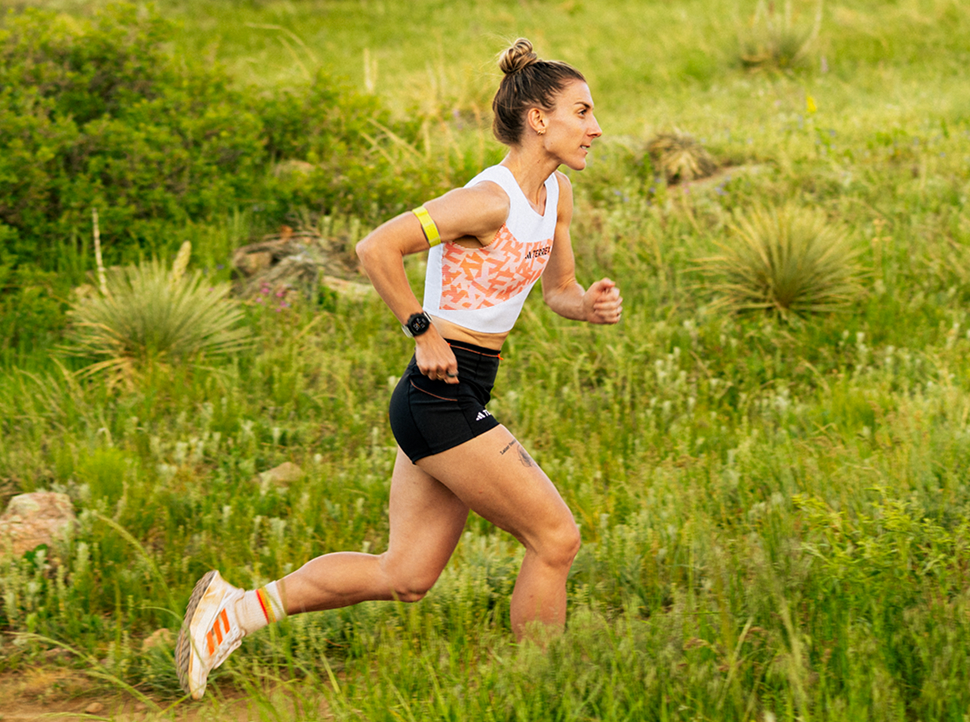
If you rely on heart rate to guide your training (or want to start doing so) the COROS Heart Rate Monitor gives you the edge in accuracy, comfort, and consistency.
/fit-in/0x18/coros-v2/images/common/logo_black.png)
